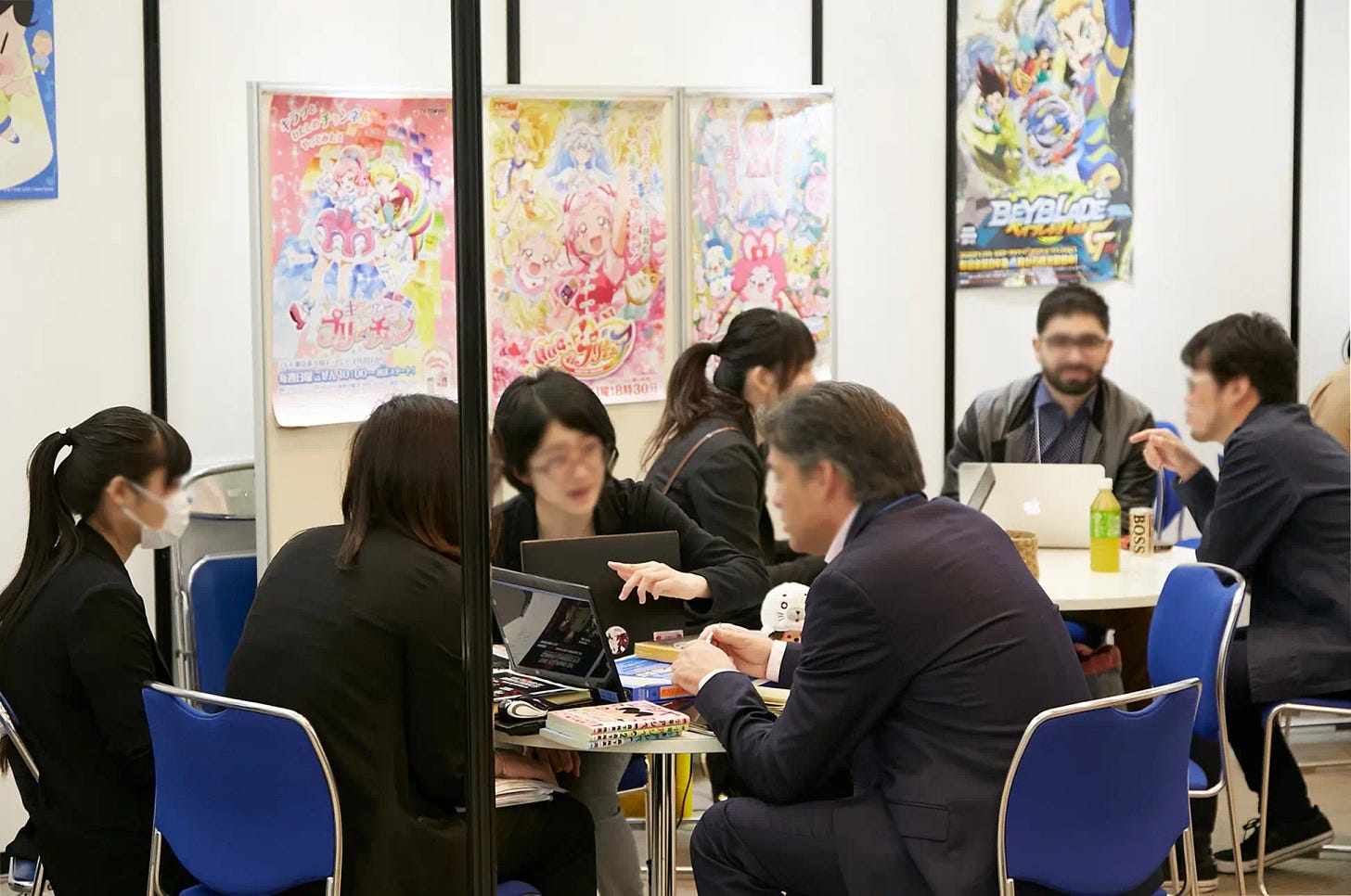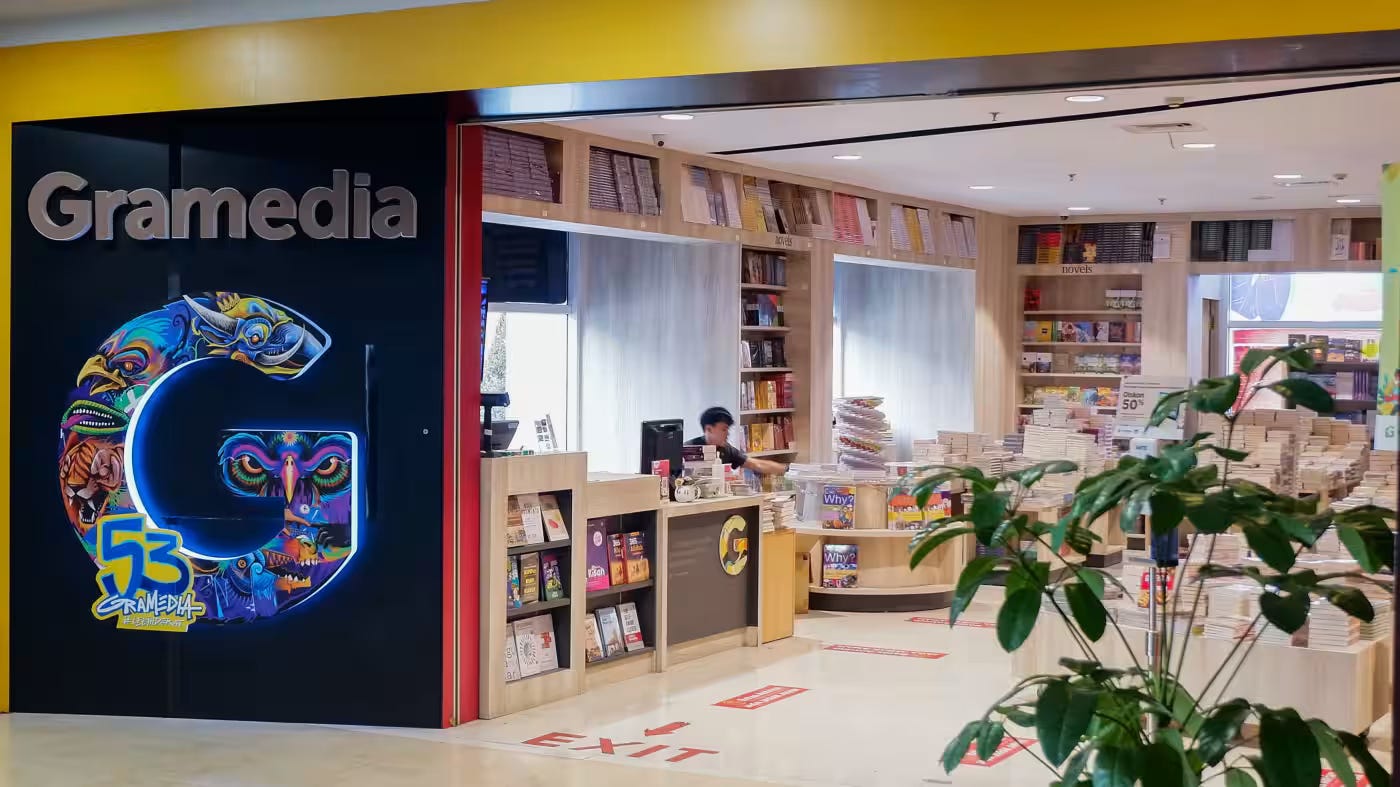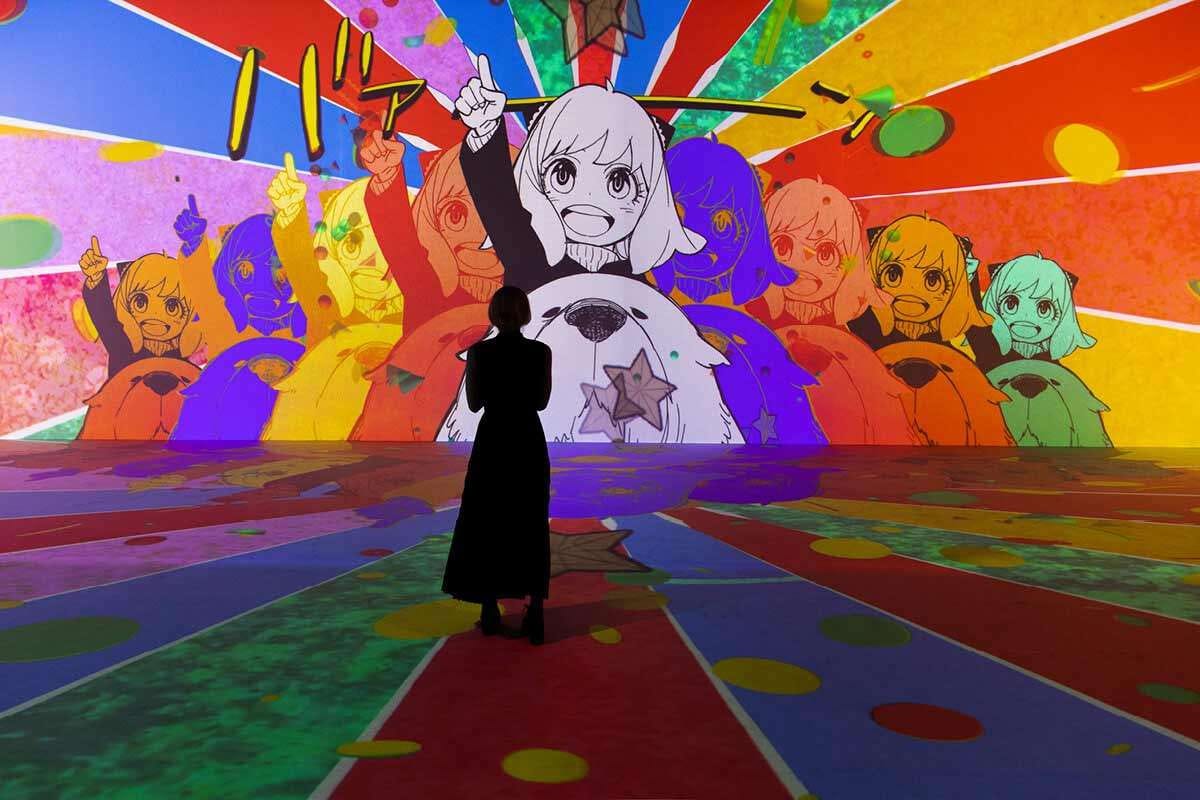Advocacy group proposes fair trade anime label
Plus: Manga sales contract in North America but remain strong; A lesson in copyright law on moral rights; Manga publishers develop extended reality content; and more
This is your weekly Animenomics briefing, covering the business of anime and manga. Today is Wednesday, February 21, 2024.
In case you missed it: Hayao Miyazaki’s The Boy and the Heron was the winner of the Animated Film category at the 77th British Academy Film Awards.
It’s also the first animated feature film not from the United States to win the category since its creation in 2006, according to Cartoon Brew.
Advocacy group calls for change in Cool Japan strategy

The Japanese government should take the lead in establishing fair trade standards and certification to improve business and labor practices in the anime industry, says the Nippon Anime & Film Culture Association (NAFCA) advocacy group.
Why it matters: Fair trade, which seeks equitable trade relationships, will ensure that animators and anime studios receive a share of anime’s international success, says the association.
NAFCA’s proposal was submitted in response to the government’s request for public comment on potential changes to the Cool Japan strategy.
Catch up quick: Cool Japan is a government-funded soft power campaign begun in 2013 to promote the image and culture of Japan overseas.
The program has been roundly criticized by creative industry workers and scholars as being fiscally inefficient and exploitative of labor.
As of last year, Cool Japan has accumulated ¥35.6 billion (US$237 million) in investment losses.
Where things stand: Consensus is growing in the anime industry that while global streaming companies have helped popularize anime worldwide, they are also buying licenses at considerably low price rates.
Anime studios have no say on these rates because they are set by a project’s production committee, which is made up of investment companies like book publishers, record companies, and others.
NAFCA believes the introduction of fair trade in anime production will help ensure that domestic and foreign companies inject more capital into studios and allow animators to retain creative soft power and control.
North American manga sales contract but stay strong

Manga publishers’ North American print and digital catalogs aren’t cannibalizing each other and are instead driving up overall sales, says Kevin Hamric, who is vice president of publishing sales at the region’s largest manga publisher
.Why it matters: In Japan, where manga now make up 90 percent of the domestic e-book market, growth in digital has come at the expense of print manga.
Driving the story: Hamric and others executives of U.S. manga publishers were interviewed by ICv2 last week as part of the trade publication’s annual manga week coverage.
Hamric told ICv2 that VIZ Media has customers who buy manga volumes both physically and digitally even after subscribing to its chapter-by-chapter digital reading service.
Zoom in: A large driver of manga sales in North America is anime adaptations, which remain a strong market.
“It’s a pretty common conceit in the industry that anime is the best form of manga marketing, not that every anime drives manga sales equally,” Yen Press publisher and managing director Kurt Hassler told ICv2.
Anime adaptations don’t always produce immediate sales impacts, however, says Penguin Random House publishing services director Ben Applegate, who oversees Kodansha USA’s manga production line.
“For an anime film, the licensing process takes a little longer. There might be a theatrical window, and only then does it make its way on to streaming, so it’s a much longer timeline,” Applegate explains.
Yes, but: Manga publishers actually saw sales contract in North America last year after coming off highs seen during the COVID-19 pandemic.
“I think that the contraction we experienced last year was fairly inevitable given the extraordinarily unusual circumstances driving sales in 2021 and 2022,” says Hassler, “but at the same time, I think those sales demonstrate the significant heights the category can achieve, and I wouldn’t say that the peak sales we experienced in those years represents a total market cap.”
Clippings: Kadokawa limits manga licenses in Indonesia

Kadokawa won’t sell manga and light novels depicting same-sex relationships in Muslim-majority Indonesia as part of its joint venture with the country’s largest publisher and bookstore chain Gramedia. (Nikkei Asia)
Manga artist Leiji Matsumoto, who died last year, was brought back to life in a video produced by Toei Animation and his company Leijisha. The video uses artificial intelligence to recreate his voice and show body movement. (IGN Japan)
This isn’t the first time AI technology has been used in this manner. AI was also used to recreate the voice of the late voice actor Kenji Utsumi last year.
Netflix lost market share in Japan’s streaming video on demand market last year, according to a new report by entertainment analytics firm GEM Partners. Gains were made by the homegrown U-NEXT and Amazon Prime Video. (GEM Standard)
North Carolina-based AnimEigo, one of the oldest remaining anime distributors in the United States, was acquired by video post-production company MediaOCD as its owners prepare to retire. (Anime News Network)
Anime-based trading card games are growing in North America, but sales of the products are being driven by rising interest among collectors rather than players. (ICv2)
Moral rights of manga creators in screen adaptations
“The rights of primary authors of novels, screenplays, and other works, not just manga artists, are guaranteed by law. And the important thing is that only the original author knows the future. Therefore, [the author] is absolute.”
— George Morikawa, manga artist and Japan Cartoonists Association board member
Context: Posting on X (Twitter) in relation to the death of Sexy Tanaka-san manga artist Hinako Ashihara, Morikawa points to the importance of Japan’s copyright law provisions on the moral rights of authors when discussing screen adaptations of manga.
Shogakukan manga editors and Nippon Television have both issued apologies and pledged to investigate the handling of Sexy Tanaka-san’s television drama adaptation to ensure that author concerns are addressed appropriately in the future.
Legal consultation website Bengo4.com reports that the non-governmental Broadcasting Ethics & Program Improvement Organization also discussed the incident at its most recent monthly meeting.
Publishers are bringing manga content to virtual spaces

Manga publishers are experimenting with augmented reality and virtual reality to create new forms of live entertainment that bring the manga reading experience directly to readers in an immersive space.
Why it matters: Manga’s shift from print to digital means publishers compete for time and attention with other forms of digital entertainment, Shueisha extended reality (XR) business development manager Shinji Inaki told the Nikkei financial newspaper.
What’s happening: In December, Shueisha opened Manga Dive Nihonbashi, an immersive exhibition space in Tokyo that features the publisher’s popular titles.
Manga Dive Nihonbashi has exhibited artwork from Kingdom and Oshi no Ko and is opening a new exhibit on Spy × Family today.
The venue displays projected images on four walls and the floor, surrounding visitors with artwork from the manga.
Tokyo-based creative firm Think and Sense developed Manga Dive’s projection technology and piloted it at Shueisha’s Jump Festa event in 2022.
Zoom out: Shueisha isn’t the only publisher experimenting with virtual reality.
Last year, Kodansha VR Lab won an award at the Ottawa International Animation Festival for its virtual reality film My Inner Ear Quartet.
Animenomics is an independently-run and reader-supported publication. If you enjoyed this newsletter, consider sharing it with others.



I hate to say it, but Crunchyroll and Sony are beginning to look more like a barrier to better pay and working conditions for animators in Japan than an ally. And this is incredibly disappointing to me because if the world's largest anime platform, which operates a virtual monopoly over the acquisition and distribution of anime productions outside of Japan is happy to continue endorsing exploitation of workers all they're doing is hammering another nail in the coffin of anime's future sustainability as an industry. If Crunchyroll is contributing on average between 40-60% of any anime they co-produce, the logic is that that without their investment the Japan-side production committee will simply not be able to move to greenlight. Crunchyroll must make its investment conditional on pay, benefits, contracts and working conditions for the actual people making the film or series. Production committees need whipping into shape.